How to shoot your best springtime images yet
Try these essential tips to make the most of the season
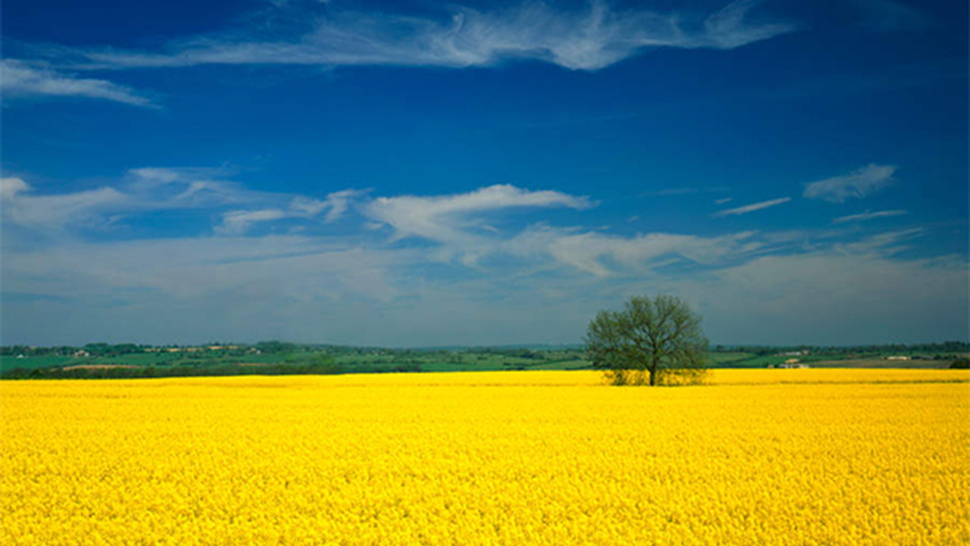
Springtime is well underway in the UK and Europe, offering photographers a range of exciting opportunities for stunning images.
While winter landscapes provide a bleak beauty, spring is the season of renewal, and photographers working in any genre can immerse themselves in the colour, contrast and detail of refreshed locations.
Landscapes are the most obvious images to benefit from the turning weather. As temperatures increase, fields become a patchwork of greens, while changeable conditions introduce dramatic lighting. However macro and wildlife photographers have plenty to keep them busy this season too.
Here we have collected some of the key ways to make the most of spring and encourage you to get out and about with your camera.
Use contrast and light
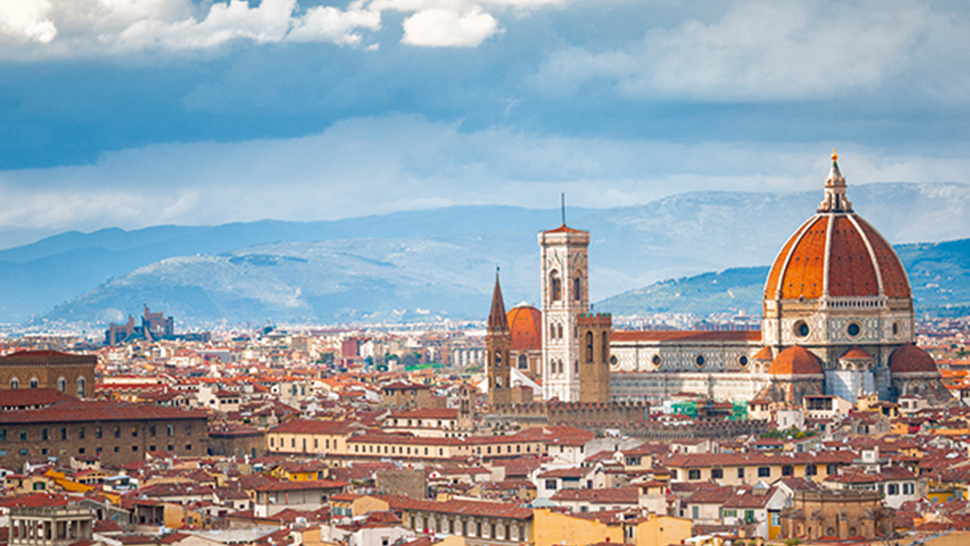
The weather changes quickly during springtime – so much so that it can feel like there have been all four seasons in a single day! This rapid reversal of conditions can greatly benefit your photography, since it is at these 'boundaries' of weather systems that some of the best natural lighting can be found. Shoot just before a rainstorm or just after one, to make the most of directional and focused light. Arrange your composition so that the illuminated foreground contrasts against dark storm clouds.
Make the most of colour

One of the reasons spring landscapes are so appealing is that they are in stark contrast to the empty, minimalist views found during winter. Make colour a dominant aspect of your springtime images, looking more closely at colour contrasts in particular.
Yellow/blue and green/red combinations work well, as they are easy on the eye and are found in abundance, but you should always ensure you have a definable subject to provide a place for the viewer's eye to rest.
Green is a very spring-like colour, so use this to great effect, shooting healthy and fresh-looking images. Be aware that green is a potentially flat colour in isolation, so be sure to include an area of contrast to break up the frame and add weight.
Get up close
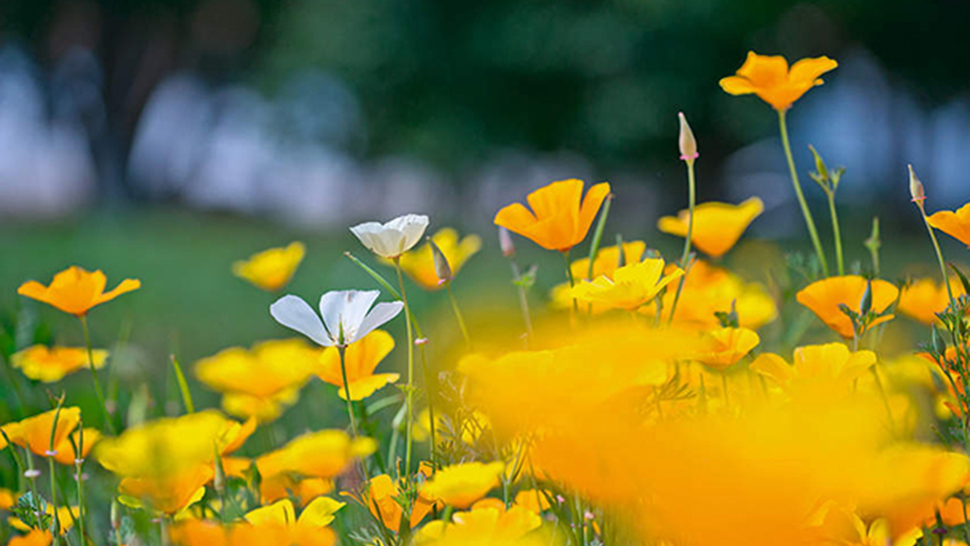
New life is a major feature of spring, so use a longer focal length – potentially a macro lens – to isolate individual flowers and plants. Be mindful of colour once more, and compose your image so that the background complements the subject. Try using a wide aperture to blur foreground flowers, rendering them an attractive colourful mist.
Make weather a feature
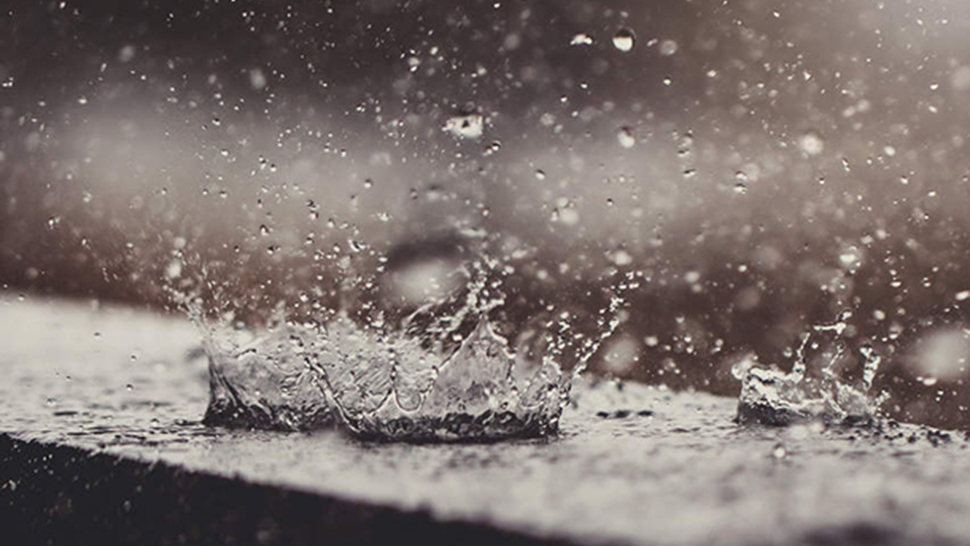
Some filters are landscape essentials, others are optional. Here are the ones every photographer should consider for springtime lighting
Circular polariser: Arguably the most popular kind of filter for landscape photography, this will help increase contrast and emphasise the strong colour of fresh vegetation
Graduated ND: Adding a soft and low-strength ND filter will inject extra drama to stormy skies
Variable ND: A variable ND is preferable to fixed density options, as the effect can be altered to suit scene brightness
While sweeping landscapes demonstrate the dramatic spring weather well, they aren't the only way to make it an asset for your photography. Rainstorms are frequent during this season, so rather than staying indoors to escape them, look for small-scale detail shots to creatively illustrate the time of year.
Luckily, spring rain tends to be quite intense, with large droplets of water. This makes photographing them easier, while the large splash they produce can look dramatic.
Use a macro lens, or an optic of 50mm and above, to isolate the rain impacts on a flat and neutrally coloured surface. Use a shutter speed of over 1/500sec to freeze the water movement, or alternatively, employ a flash, angled at 90º to the focal plane, to reduce motion blur and add sparkle to each droplet.
Focus on the sky
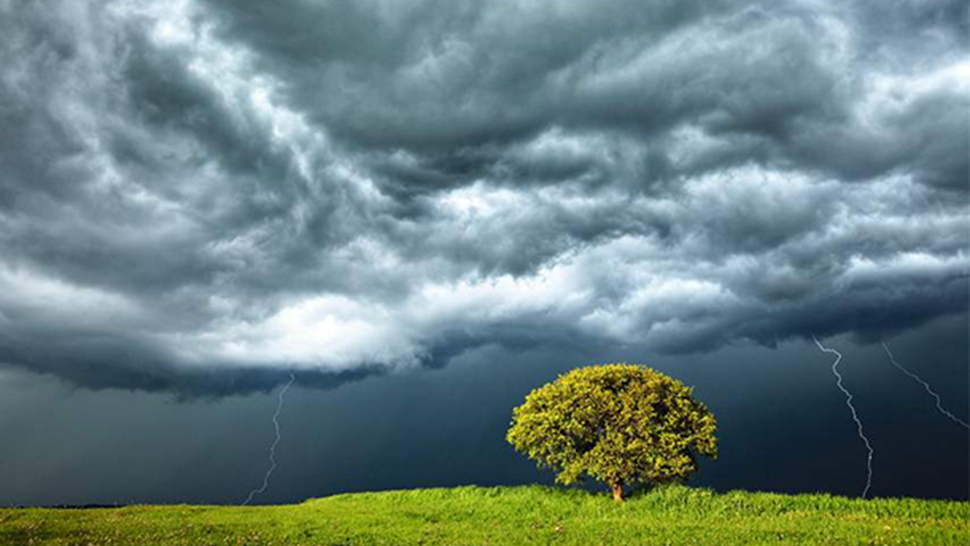
The sky in a landscape can make or break an image. It is often the area of a photo that draws the attention of the viewer first, or which holds their attention later. Spring skies are some of the most dramatic and energetic of the year, and due to the widened contrast of stormy light, less effort is often needed to capture a adequately dark sky.
Meter from highlights on the ground – unusually, there is often a reversal of tones, so that the foreground is brighter than the sky in spring – and use exposure compensation to alter brightness of the clouds.
Be sure that colours in the sky do not become murky, with muddy browns or black, rather than golden or dark blue. If this happens, increase the exposure by around 1/2EV and reshoot. Compose your image so that up to two-thirds of the frame consists of the sky, or go further if your foreground is lacking detail and divide the frame for three-quarters or even seven-eights sky, with minimal foreground.
Read more: Cheat sheet: How to take the perfect landscape shot
Get the Digital Camera World Newsletter
The best camera deals, reviews, product advice, and unmissable photography news, direct to your inbox!
Digital Photographer is the ultimate monthly photography magazine for enthusiasts and pros in today’s digital marketplace.
Every issue readers are treated to interviews with leading expert photographers, cutting-edge imagery, practical shooting advice and the very latest high-end digital news and equipment reviews. The team includes seasoned journalists and passionate photographers such as the Editor Peter Fenech, who are well positioned to bring you authoritative reviews and tutorials on cameras, lenses, lighting, gimbals and more.
Whether you’re a part-time amateur or a full-time pro, Digital Photographer aims to challenge, motivate and inspire you to take your best shot and get the most out of your kit, whether you’re a hobbyist or a seasoned shooter.

